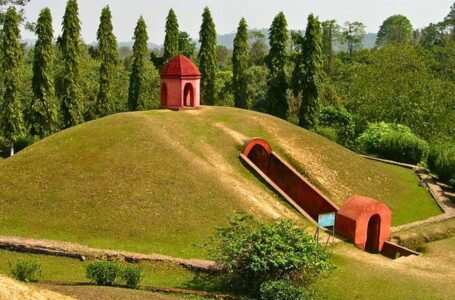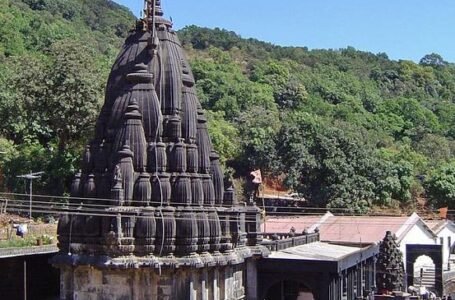Exploring India’s Rich Tattoo Traditions: From Mehndi to Cultural Designs
- Ancient history Lifestyle
 Prakash Israni
Prakash Israni- August 17, 2023
- 0
- 380

Indian Tattoo Traditions: Explore the rich history of tattooing in India, including the ancient practices of mehndi (henna) tattoos and the cultural significance of various tattoo designs:
Tattooing is a centuries-old art form that has been utilized by various nations and civilizations. In India, tattooing has a distinct place in the cultural landscape and is closely linked to the country’s spirituality, traditions, and history. The ornate motifs that adorn different body parts and the exquisite mehndi patterns that adorn hands and feet are just a few examples of how Indian tattoo traditions reveal an enthralling narrative of artistic expression, social identification, and spiritual beliefs.

Mehndi: A Classic Custom:
Mehndi, sometimes referred to as henna tattooing, is one of the most well-known and adored kinds of tattooing in India. This ancient art form includes painting elaborate, transient motifs on the skin using a paste produced from the crushed leaves of the henna plant (Lawsonia inermis). With roots in the Vedic era, mehndi has been a crucial component of Indian weddings and celebrations for ages. Mehndi has significant cultural importance and serves as more than just a decorative feature. It is frequently used during weddings, festivals, and other lucky events. Application procedures are viewed as a sort of self-pampering that is meant to ward off bad luck and bring good luck. Mehndi is an integral component of wedding customs because the darkening of the mehndi over time represents the deepening of love between a newlywed couple.
Complex Patterns and Symbolism:
The mehndi designs are a testament to the talent and originality of the artisans. These designs frequently feature elaborate floral, paisley, vine, and geometric motifs. Indian culture assigns symbolic meaning to each element. For instance, the peacock denotes grace, beauty, and divinity, while the lotus flower represents purity and enlightenment. Peacocks frequently appear in mehndi designs, illustrating India’s abundant biodiversity. The most popular locations for mehndi art are the hands and feet. The hands and feet have particular energy points according to Ayurveda, and applying mehndi to them is said to activate these points and improve general well-being. Additionally, applying mehndi is thought of as a therapeutic practice that promotes peace and relaxation.
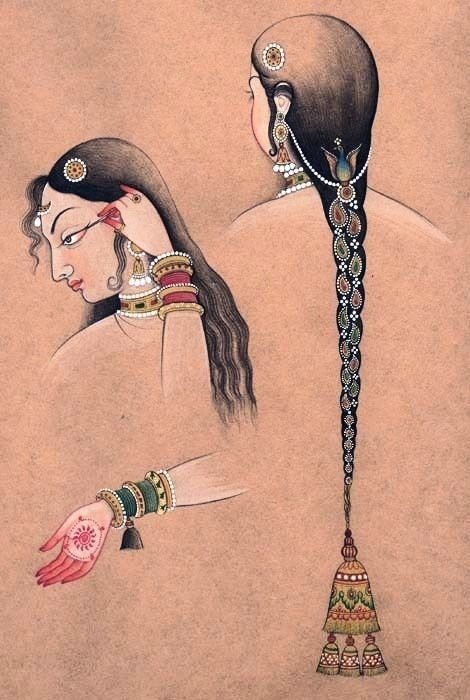
Tattoos for Protection and Spirituality:
India has a lengthy history of permanent tattooing customs that have spiritual and protective value in addition to mehndi. Tattooing has been a long-standing tradition among many Indian native communities, who have developed distinctive designs and symbols that denote status, identity, and spiritual ties. For instance, the Apatani tribe of Arunachal Pradesh has a history of tattooing its women’s faces to stave off raiding groups from nearby tribes. The women of the tribe were distinguished by these distinctive face tattoos, which were also thought to be a symbol of bravery and beauty, strengthening their defense. Exactly like this, the Gujarati Rabari community uses tattooing as a means of spiritual expression. Their bodies are covered in elaborate geometrical patterns, animal and deity tattoos that represent devotion to the divine. Additionally, these tattoos act as a type of defense, fending off harmful spirits and energies. The Siddi community, who are descended from African slaves who were transported to India years ago, has unique tattooing customs. They use tattoos to represent their social standing, religious beliefs, and lineage. These tattoos frequently have intricate designs and profound meanings that reflect the wearer’s particular history and culture.
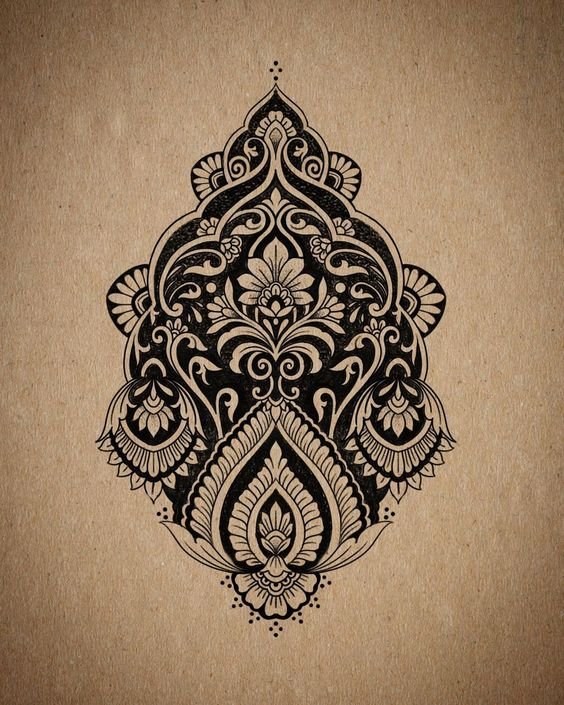
Contemporary Expression and Restoration:
Traditional Indian tattooing techniques have gained popularity again in recent years. Tattoo artists are using historical motifs and patterns as inspiration to produce modern works that honor India’s rich cultural past. These tattoo artists are bridging the gap between the past and the present by fusing conventional designs with cutting-edge methods, adding a fresh perspective to the tattooing medium. Like many individuals around the world, modern Indians are embracing tattoos as a means of personal expression. Tattoos are increasingly being used as a method to mark important occasions, pay tribute to loved ones, or simply express one’s hobbies and passions. The variety of Indian society is reflected in the designs, which can be anything from complex and ornate to minimalistic and significant.

Cultural heritage and social identity:
In India, tattoos have also been used to signify caste and social identity. Certain groups, like the Thaayi Kula Kshatriyas of Tamil Nadu, have distinctive tattoo patterns that serve as caste markers. This ink acts as a symbol of community, tradition, and ancestry. The traditional martial art of “Kalaripayattu” has a long history and is strongly related to tattooing in Kerala, a state in the southern United States. Kalaripayattu practitioners frequently adorn themselves with tattoos that represent their commitment to the art form as well as their abilities and accomplishments. These ink not only demonstrate their proficiency in battle but also their devotion to a long-standing cultural tradition.
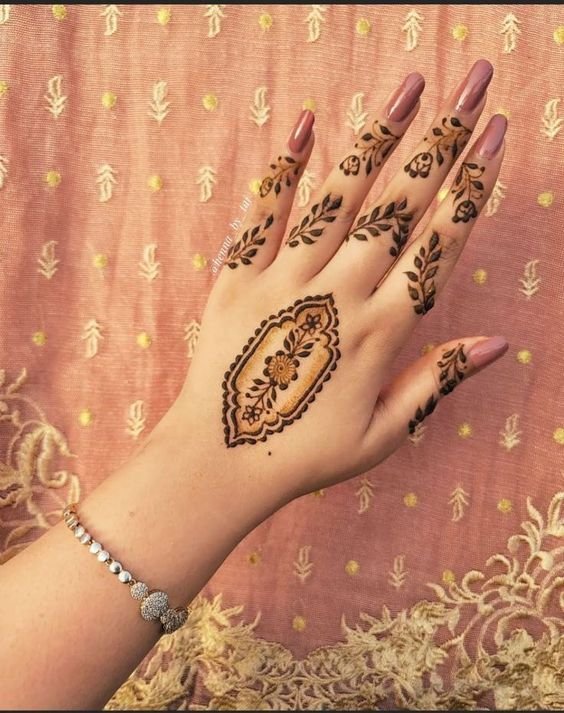
Summary:
In summary, the tattooing customs of India are a fascinating tapestry weaved from the strands of art, spirituality, and history. Intricate mehndi decorations that cover hands and feet during festivities to the prehistoric and sacred symbols that adorn the bodies of native tribes—tattoos are ingrained in India’s cultural fabric. These artistic creations provide a link between the past and the present, providing a window into the rich heritage of a country that has been deeply anchored in its traditions while also evolving. As India embraces its global character, its tattooing customs are a monument to the continuing beauty of artistic expression and the profound linkages between body, culture, and spirit.
Indian tattoo customs provide a fascinating window into the culture, spirituality, and social structure of the nation. Indian tattooing techniques have stood the test of time and remain a lively part of the country’s cultural legacy, from the delicate beauty of mehndi designs to the spiritual importance of tattoos representing deities and symbols. It is encouraging to witness a resurgence of interest in conserving and honoring these historical customs as the globe develops and modernizes. India’s tattoo traditions continue to be a tribute to the lasting strength of culture and the permanent mark it makes on the canvas of human expression by honoring the past while embracing current inventiveness.

